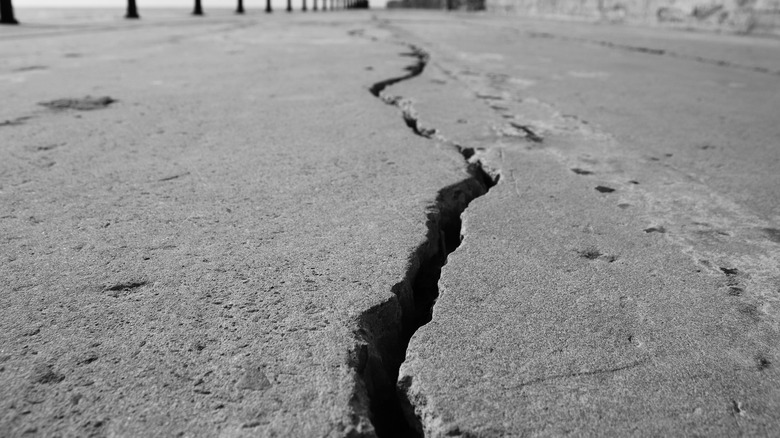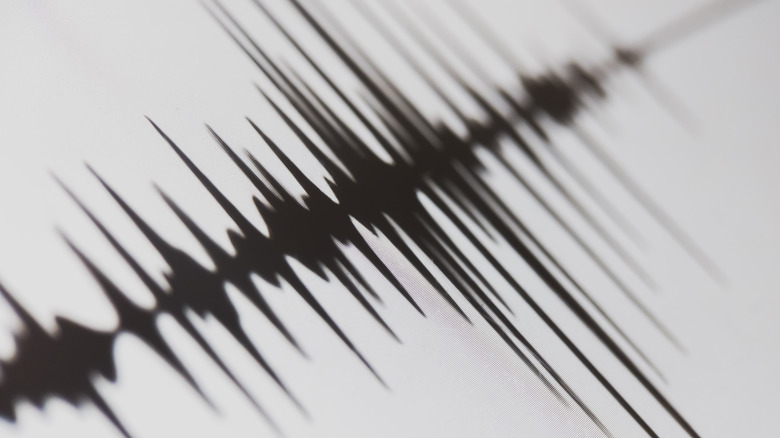The Truth About The Deadly 1920 Haiyuan Earthquake
Perhaps the most frightening thing about natural disasters is the fact that, sometimes, one is followed by another, or outright causes it. As much as we like to think that we're safe here on our stable planet, engaging in our daily routines, things are anything but quiet below the surface of the Earth.
The planet might seem to be stationary to us, but in reality, it's moving through space at an absurd 1.3 million mph, per Business Insider. By the same token, the ground beneath our feet may (if we're lucky) appear to be tranquil and solid. The USGS reports, however, that around 55 earthquakes per day (20,000 annually) are tracked down by the National Earthquake Information Center. The only real silver lining is that relatively few of these earthquakes become widespread threats to life.
In 1920, Live Science reported, China's Haiyuan County was struck by one of these rarities: An earthquake that measured a magnitude of 7.8 on the Richter scale. A measurement that high denotes a "major earthquake causing significant damage" according to CBC News. Chinese authorities later declared it reached a magnitude of 8.5 — a "great earthquake that can totally destroy communities near its epicenter."
One natural disaster after another
The disaster unfolded on December 16, 1920. That's Magazine reported that the quake struck the area (now a portion of the Ningxia Hui Autonomous Region) at just after 7 p.m. It reportedly hit with the force of an absurd quantity of TNT: an estimated 2 billion metric tons. Unsurprisingly, the USGS Earthquake Hazards Program determined it topped the Mercalli scale, which rates the sheer force and damage caused by an earthquake, at XII, the highest level.
The devastation caused by the earthquake was absolute. Over 73,000 people were killed in what was then Haiyuan County, USGS states, and a further 30,000 lost their lives in Guyuan County. Rivers had their courses changed by the destruction, and buildings were destroyed in seven regions in and around the epicenter. Around 125 miles (200 km) of surface faults appeared, as the formidable quake literally changed the surrounding landscape.
According to Landslides, the death total reached around 234,000. It wasn't just the earthquake itself that claimed these lives, as the landslides killed about 32,000. Live Science noted that the large amount of loess soil, which is dry, soft, and very vulnerable to seismic activity, amplified the effects of the disaster. The Chinese Academy of Sciences reported in 2010 that a study by seismologists concluded that the total death toll was more likely closer to 273,400 people.

